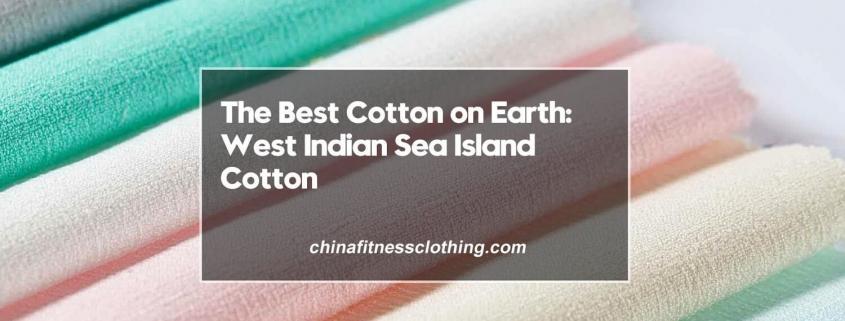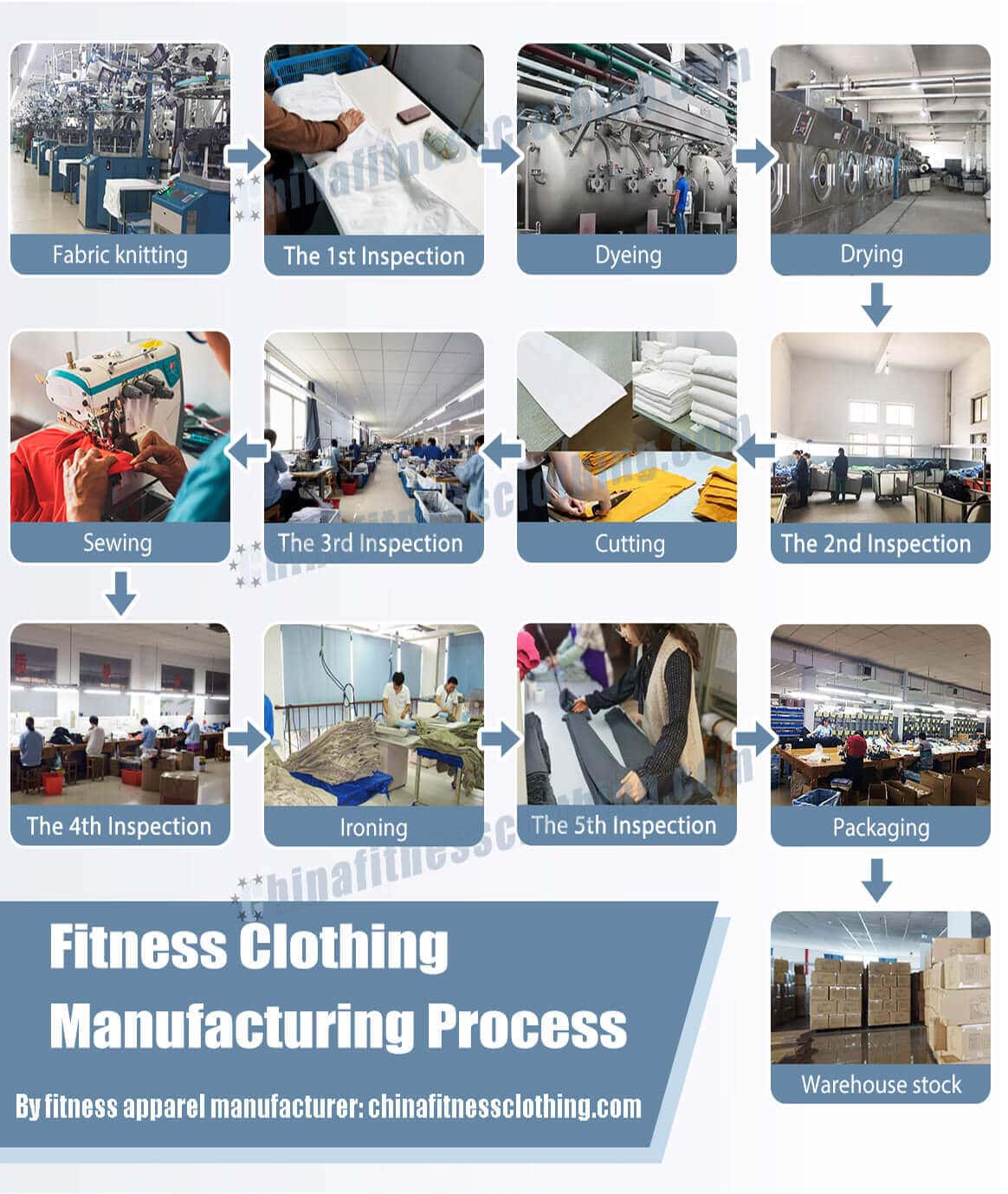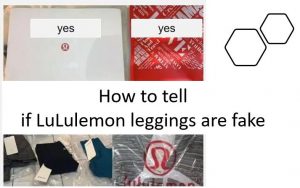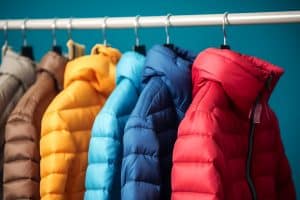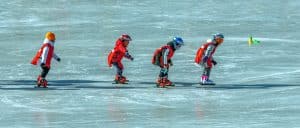Cotton can be made into many kinds of clothing, such as T-shirts, Sweatpants, 100% cotton disposable underwear, etc. Then how many kinds of cotton do you know? What’s the best cotton on earth? When it comes to cotton, we are familiar with American PIMA cotton, Xinjiang long-staple cotton, and Egyptian long-staple cotton GIZA. Have you heard of west Indian sea island cotton?

In fact, PIMA, GIZA, Xinjiang cotton, etc., can be collectively referred to as “sea island cotton”, but real Sea Island cotton is produced in the West Indies. West Indian sea island cotton is the best cotton in the world.
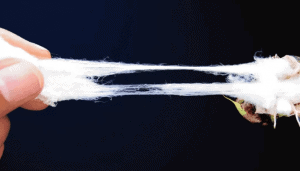
In 1792, the British colonists brought a kind of cotton called “sea island cotton” back to London from Tobago in the West Indies. Under the spinning level at that time, they spun 278 English count of yarn. If calculated according to the current British cotton yarn count, it is approximately equal to 164 yarns, which is the current spinning level.
164 yarns are also very difficult. For the time being, the previous English count of yarn is different from the current British yarn. In terms of price, this “sea-island cotton” sold for 20 gold coins/lb, which was 400 times that of ordinary American cotton at that time.
Thanks to its unparalleled texture and softness, it is called “the jewel on the fiber” and the king of cotton. This article gives an introduction to the west Indian sea island cotton with “cashmere texture and silk luster” .
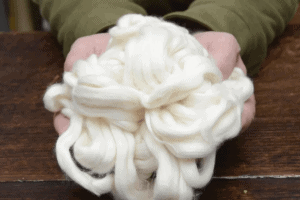
Planting Area of West Indian Sea Island Cotton
The west Indian sea island cotton is only grown in the West Indies. Located between the Atlantic Ocean and its subordinate seas, the Gulf of Mexico, and the Caribbean Sea, facing the Florida Peninsula in the north across the Florida Strait, and adjacent to the north coast of Venezuela in the southeast, it protrudes from west to east from Cuba on the west to Aruba on the north coast of Venezuela.
The arc shape extends more than 4,700 kilometers. The area is about 240,000 square kilometers. The west Indian sea island cotton “sama” grows happily on the Lesser Antilles.
The quality of this kind of cotton will deteriorate after multiple generations of breeding. Therefore, manual breeding and careful cultivation are required to ensure the continuous improvement of its fiber quality. The unique soil environment and climatic conditions in Little Antilles are extremely suitable for the growth of cotton.
-2-300x211.png)
Output of West Indian Sea Island Cotton
The scarcity is the most expensive, and the production of “west Indian sea island cotton” accounts for 0.0004% of the global cotton production. (Four parts per million, if expressed in ppm, it is exactly 4 ppm) .
The Excellent Characteristics
- The fiber length ranks first
Sea island cotton grown in the West Indies belongs to the category of “ultra-long fiber cotton”, which is a general term for cotton with an average fiber length of 35mm or more. The fiber is longer than other cotton varieties and can reach more than 50mm.
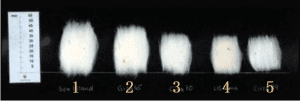
No. 2 in the picture is the “King of Egyptian Cotton”-Giza 45, which has the lowest output (0.4% of all Egyptian cotton output) and the longest fiber length among Egyptian cotton. Compared with sea island cotton, it still lags behind.
No. 4 in the picture is Pima Cotton. It has another name “American Egyptian Cotton”.

The west Indian sea island cotton and Supima cotton (Pima cotton) are completely different things. Supima is an enhanced version of pima cotton, but it is still several grades behind west Indian sea island cotton.
- The reflectivity and oil content rank first
The west Indian sea island cotton has a reflectivity of more than 50% higher than other cotton types, so it has a silky luster. The oil content is as high as 0.65%, which is the highest among all cotton varieties. So it has a soft and smooth feel.

- The fiber has the highest natural twist and the cotton fiber has good maturity
The fiber of west Indian sea island cotton has the highest natural twist among all cotton types. The fiber has many natural twists, high fiber strength, strong elasticity, good resilience, good color and relatively high yarn quality.
The maturity of cotton fiber refers to the degree of thickening of the fiber cell wall. The thicker the cell wall, the higher the maturity, which can withstand mechanical blows, is easy to remove impurities and is not easy to produce cotton end filaments. The cohesion between fibers is large, and the yarn strength is high. This is also the reason why west Indian sea island cotton has stronger abrasion resistance than ordinary cotton and is not easy to pilling. Once upon a time, west Indian sea island cotton was an important raw material for making parachutes.
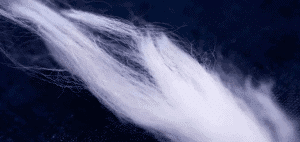
- Zero content of harmful substances
The yarn woven from sea island cotton can be processed to remove harmful residues and reach the Oekotex standard 100 Class I standard (similar to the national standard: GB18401-2010A), which means that the yarn can be used safely in infant clothing.
Other cotton varieties may have the luster and feel similar to west Indian sea island cotton when they are not used or washed. But these characteristics of west Indian sea island cotton will not be lost due to repeated washing. After a period of use and washing, the quality of west Indian sea island cotton and other cottons will be judged immediately.
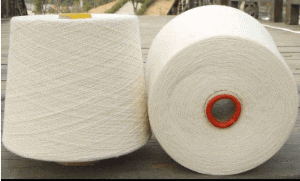
The harvest of west Indian sea island cotton
The growth of west Indian sea island cotton requires time and careful cultivation to give full play to the good physical properties of its fibers. When mature, each cotton boll is picked by hand, so as to prevent damage to cotton fibers by mechanized harvesting.
In addition, the cotton plantations are closed for management to prevent pests and diseases. After the picking season is over, the cotton stalks will be completely burned.
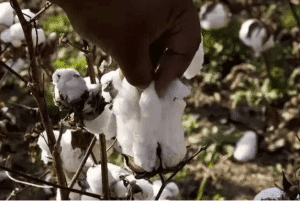
The cotton from west Indian sea island with the above advantages will still maintain its feel and appearance after being washed many times and made into textiles. This is not possible with the finishing of additives. Of course, the dye yield of west Indian sea island cotton is also higher than another cotton.

